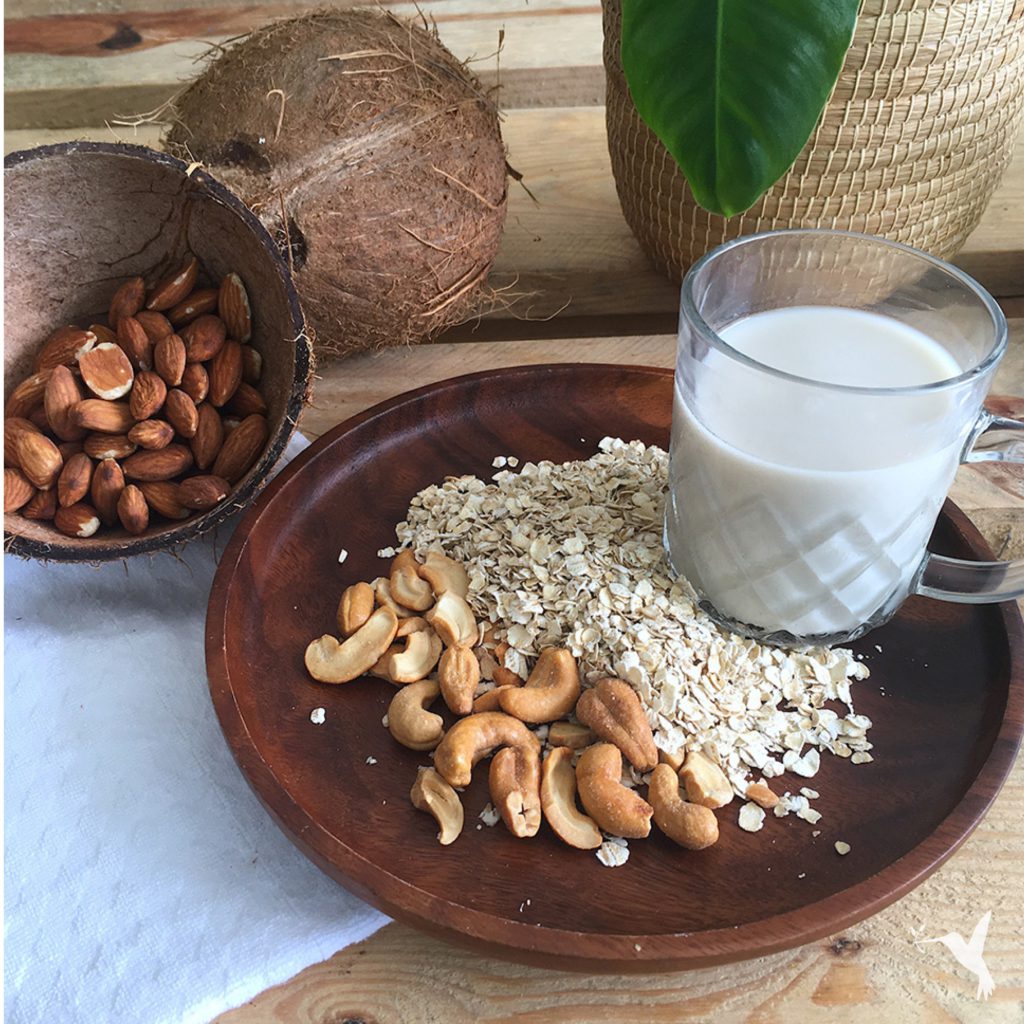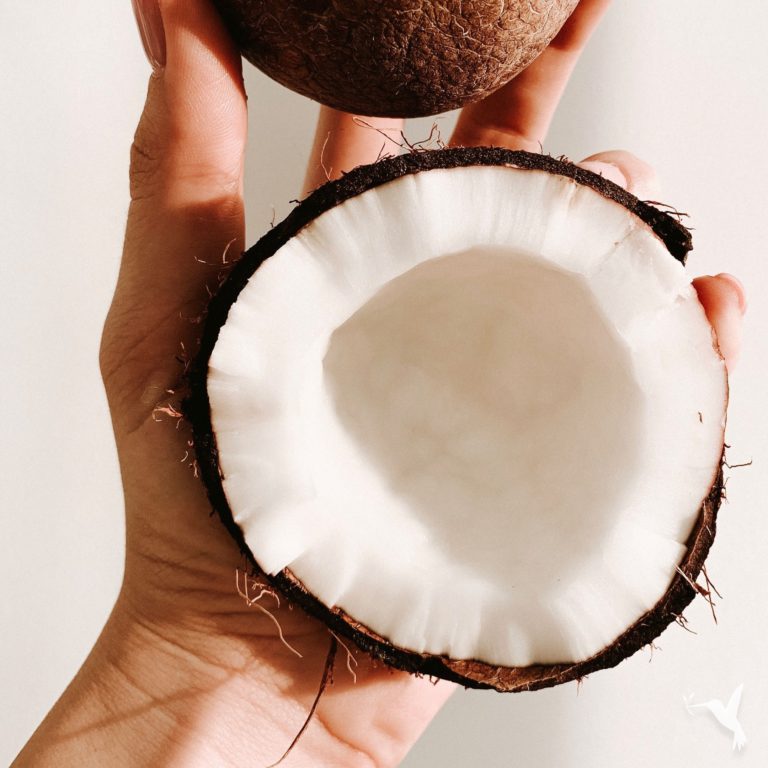Got Plant-based Milk? A Beginners Guide
Get to Know Your Plant-based Milks

Demand for plant-based milk is on the rise and consumption of cow milk (in the U.S.) has decreased by 13% in recent years. Producers in the “alternative milk” industry are constantly innovating.
More consumers are seeking plant-based milk for a variety of reasons. It is often healthier for consumers and gentler on the environment and on the animals, of course. This cultural shift could be related to a variety of factors including new medical research and widespread changes in lifestyle and diet. In addition, it has created an opportunity for consumers to become better informed about their milk choices.
The nutritional profile of cow milk is indeed different from that of alternative dairy products. Even amongst alternative, plant-based milk, you will find significant variation in nutritional value, depending on the plant ingredients used.
What’s more, there are big differences between different companies’ plant-based milk products, and between store-bought and homemade.
Keeping all that in mind, we know that cow milk is a good source for nutrients like protein, vitamin D, calcium, and phosphorus. Of all the dairy alternatives, only soy milk naturally provides proteins in a similar quantity to cow milk (approximately 8g per cup). Almond milk, on the other hand, only contains 1g of protein per cup. Of course, this isn’t a problem if your primary focus is finding culinary alternatives to dairy milk, rather than maximizing protein intake.
Here’s the low down on all your favorite alternative milk:
Soy Milk
Along with pea milk, this is the only dairy alternative that naturally contains as much protein per cup as cow milk. The majority of manufacturers also fortify soy milk with vitamin D and calcium, and it naturally contains healthy fats like Omega-3’s.
Nut Milk: Almond & Cashew
These two kinds of milk have risen to popularity in recent years, especially among those seeking to keep soy out of their diet.
They are low in calories and naturally provide a good source of vitamin E. Through fortification they can hold as much or more Vitamin D and calcium than cow milk, but still contain much less protein than cow or soy milk.
Cashew milk has the added bonus of being creamier and thicker than most nut milks.
Coconut Milk
There are differences between canned coconut milk used for cooking and the coconut milk that comes in a carton meant for drinking. Both are made of the meat of the coconut. The later is diluted and fortified, while the former is concentrated, with a high percentage of fat. For this beginner’s guide to plant-based milk, we’ll focus on the “dairy alternative” coconut milk that comes in a carton. This type naturally contains iron and potassium, and is fortified with calcium and vitamin D.
Cereal & Grain Plant-based Milk
These are normally produced with oats or other cereals like brown rice. Because of this, they tend to contain more carbohydrates than nut milk.
These milks naturally contain iron, fiber, and folic acid. They generally have about half the protein of cow milk. Additionally, they are usually fortified with calcium and vitamin D.
Hemp Milk
Along with rice milk, this particular dairy alternative is one of the most hypoallergenic on the market. It is free of nuts, gluten, and soy. Hemp milk is a great choice for a large portion of the population. While low in carbohydrates, this alternative milk is a good source of essential fatty acids like Omega-3’s and Omega 6’s.
Pea Milk
This is another hypoallergenic alternative like hemp and rice milks. However, it has more carbohydrates, and about 7g of protein per cup. That’s almost as much protein as cow milk!
Like most plant milk, pea milk is fortified with calcium and vitamin D.
Its relationship with sustainability is important too. Peas are easy and cheap to produce. Pea milk has a smaller water footprint than almond milk and a smaller carbon footprint than cow milk.
There is no shortage of sources for dairy milk alternatives. As always, plants continue to delight us with never-ending beauty in their versatility, generosity, and vast functionality with these few examples.
So, where do you get yours?
Follow us on Instagram at @vegans for more plant-based content and delicious recipes!


